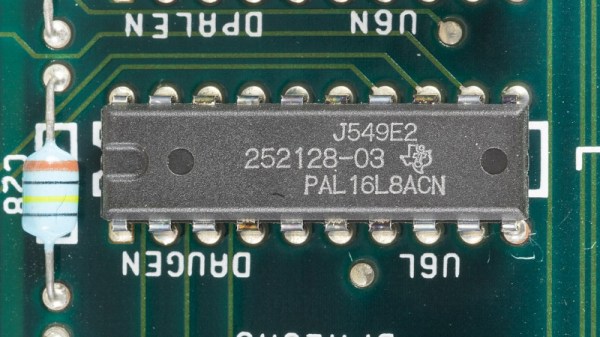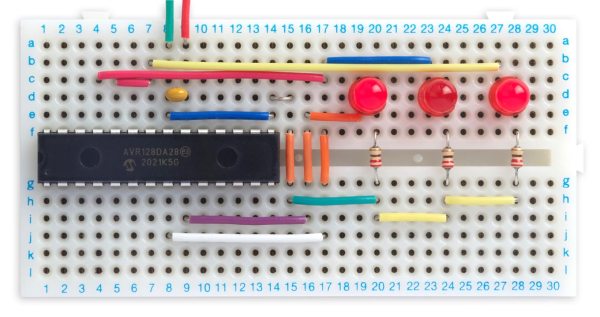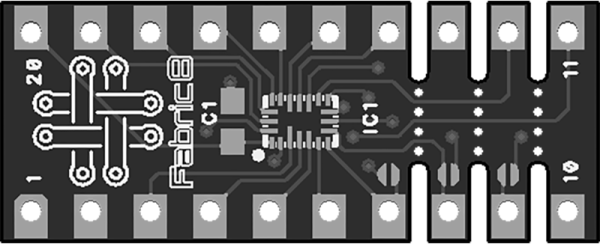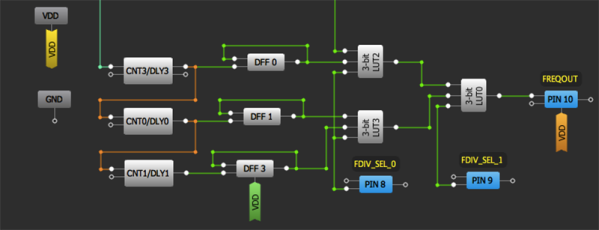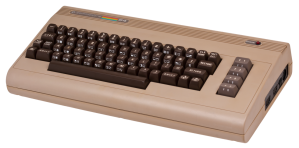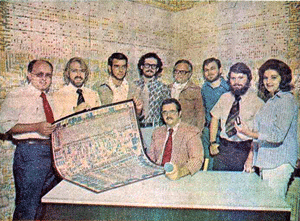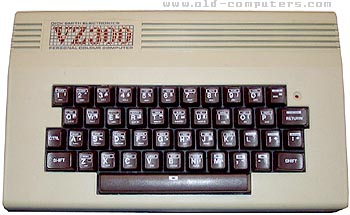Do you speak GAL? [Peterzieba] does, and has pulled together a collection of documents and tools so that you can too. There’s a dividing line in electronic engineering education, between those who were taught about FPGAs, and those who weren’t. Blurring that line slightly is gate array logic (GAL). These devices were a preceursor to the FPGA, with a much simpler structure, and usually in those days UV-erasable in the same manner as an EPROM. And oddly enough, they, or at least their successor compatible parts, are still available, and as handy DIP devices that talk to 5 volt logic.
The guide goes into detail about the parts, the terminology surrounding them, and the CUPL language which raises a few memories for us. There are several possible workflows, including for those not faint of heart, the possibility of writing a fusemap by hand. We’re impressed by that one.
If these devices interest you, our colleague Bil Herd wrote a two-part guide (part one, and part two) which should answer your questions.
Thanks [Bjonnh] for the tip!
Featured image: “Commodore Amiga 1000 – sub board – Texas Instruments PAL16L8ACN-0126” by Raimond Spekking

